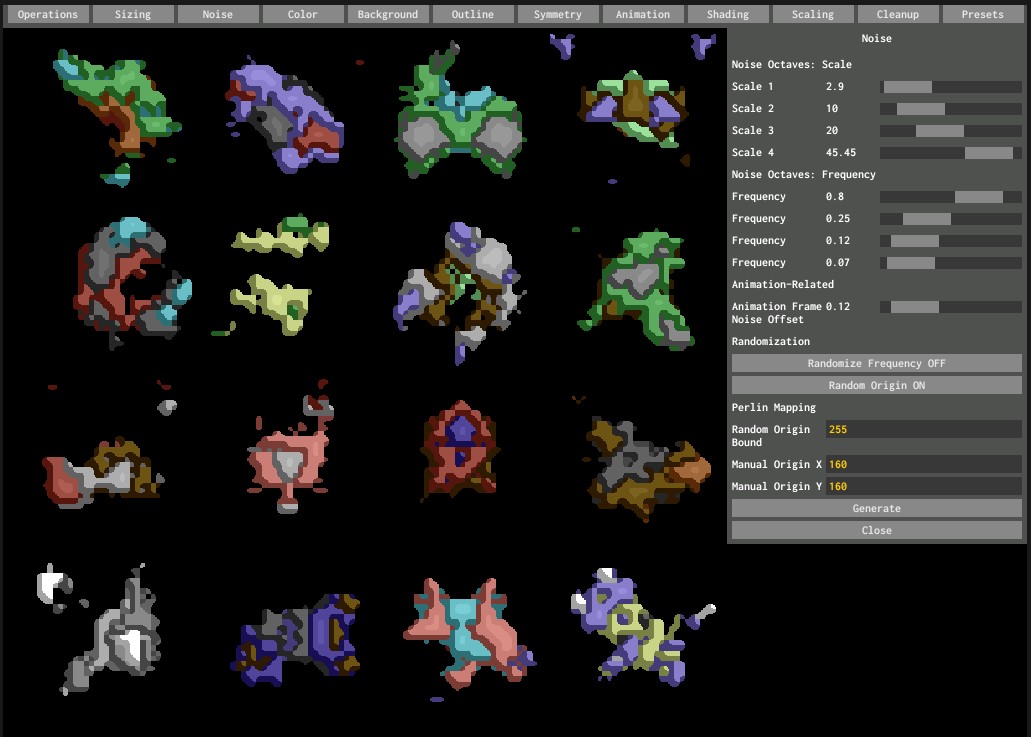
Many devs have already dove in and figured out the nuances of the editor, but if you’re just starting out, or maybe you wanted to learn more about it from the ground up, it’s time we properly introduced you to the features of the sprite editor and how to use it. Users are able to create complex animations, large sprites, and many different states that help define how a game looks and feels. Some clever workarounds and tricks were figured out by the community to include things like large sprites or 3 frame walk cycles, but all that is a thing of the past with the Sprite Editor. It became quickly apparent that these limitations also limited what kind of sprites can be made, and by extension what games were possible to create. These limitations were good for beginners, as they were forced into a narrow workflow and having a limited scope helps ensure that first time devs would be more likely to successfully complete projects.
Those who are familiar with previous versions know that users used to be relegated to following strict sprite sheet guidelines in order for the engine to determine if the sprite was stationary, able to point different directions, or move around.

One of the most noticeable features is the new Sprite Editor. GB Studio 3.0 introduced many new features.


 0 kommentar(er)
0 kommentar(er)
